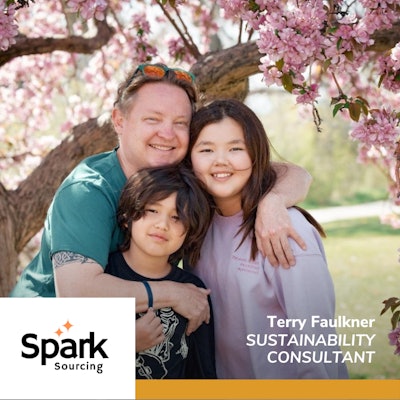
The cannabis industry has undergone a remarkable transformation in recent years, shifting from the shadows to a legitimate market with a growing emphasis on responsible practices. Alongside this evolution, the importance of sustainable packaging has emerged as a critical consideration for both consumers and producers.
Companies and brands interested in sustainable packaging are blessed with end users who overwhelmingly support sustainable packaging, while they also face the struggle of end users who are not willing to pay much more for it. Another area to navigate is the approach to plastic and carbon reduction. A company needs to explore all options while doing its best to avoid much of the "greenwashing" solutions available in the marketplace.
While the intent to adopt sustainable packaging practices is clear, several challenges complicate the cannabis industry's efforts to achieve this goal. Aside from the strict regulations governing packaging (labelling and child-proofing), cannabis products need to have packaging that maintains product quality, potency and freshness over time all while being able to keep strong odors from escaping.
This requirement can conflict with the use of some sustainable materials that might not offer the same protective properties as traditional plastic packaging. On top of this, sustainable packaging materials and practices are more expensive to implement, which can pose a challenge for businesses, particularly smaller ones with limited budgets.
Plastic is one of the most common materials in cannabis packaging, whether it be for pop-tops, jars for flower and other products, lids for glass jars, and even as part of the ubiquitous mylar pouches. Plastic provides a sanitary, affordable and adaptable material for cannabis packaging across the board.
When plastic can be replaced by other materials that offer the same benefits, by all means companies should adopt that. However, in many uses there are simply no viable replacements for plastics. The issue, then, is not how to do away with plastic, but how to create a circular plastic economy that reduces the amount of plastic used and creates an ideal recyclable end of life for the plastic product.
Problems with Bioplastic Recyclability
In theory, there are a lot of exciting things about bioplastics. The reality, however, is different. Bioplastics cannot be recycled and must be sorted out from recyclable plastics by consumers, which is not easy and is time consuming. The consumer should then place them in a specific environment where these plastics can compost, one that most contains the right amounts of water, oxygen, nitrates and microorganisms.
As a result, the vast majority of bioplastics just get tossed and end up in a landfill, where those conditions are not met and the plastic will not biodegrade. With the amount of energy needed to create the bioplastics and the unfortunate end of life, there is no carbon reduction and an increase in plastic waste.
Degradability Concerns & Hemp-Based Packaging
Other products claim degradability through using additives to virgin plastic that will allow it to biodegrade. They may have the proper certification, which can be obtained for a little as 5-10% degradation in 90 days. If this slow-degrading material (that cannot be recycled) goes to a composting facility with fast degrading material, it will cause a lot of trouble. So, if it is not composted perfectly at home by consumers, it will end up in the landfill (where compost conditions are not met) or incinerated where it will release more carbon.
Another problematic solution is when products use fibers (like hemp) to reduce plastic in their compounds and claim eco-friendliness. However, once you add that hemp (at most just 10%) the product is not recyclable and cannot biodegrade, so it either gets incinerated or winds up in a landfill, both of which are bad for the environment.
The Circular Plastic Economy
To truly address the packaging challenge in the cannabis industry, innovative solutions that consider the full lifecycle and environmental impact are necessary. Until a viable substitution for plastic is achieved, companies need to focus on creating the circular plastic economy. If the desired result is real plastic and carbon reduction taking into account the end of life of the product, packaging should be designed with recycling in mind.
A product like eco-shell is ideal. It can reduce plastic by 30% (or more), it reduces carbon by 70% compared to virgin plastic, it can be used with recycled plastic for even more eco-benefit, and the end products it creates are certified to be recyclable. It is also priced similarly to virgin polypropylene. Products like this that are based on the three R's (reduce, reuse, recycle) are the best way for companies to make a serious carbon reduction.
 Terry Faulkner, sustainability consultant for Spark Sourcing, at home in Colorado.Spark Sourcing
Terry Faulkner, sustainability consultant for Spark Sourcing, at home in Colorado.Spark Sourcing























